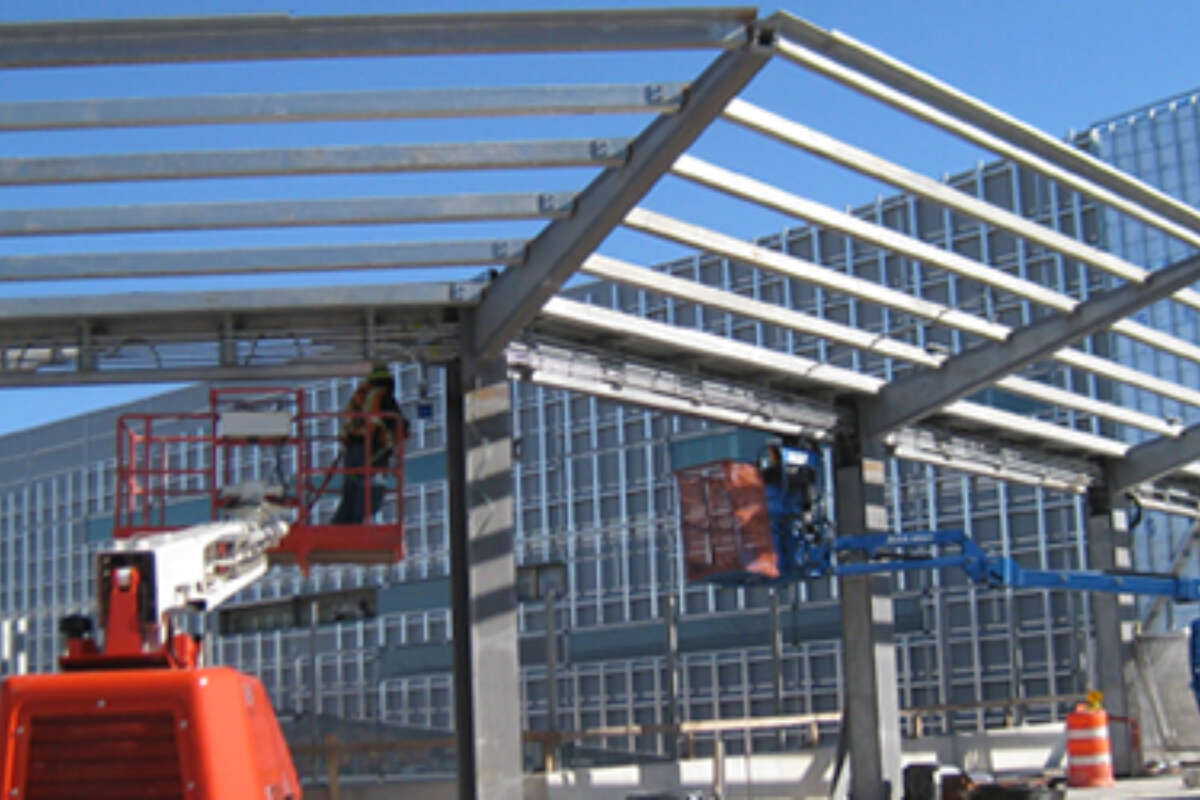
Amid one of the most challenging years for transit, the RTA and the three Service Boards (CTA, Metra, and Pace) continue to advance key capital projects that will improve safety and reliability of the Chicago region’s transit system. The injection of state funds last year through Rebuild Illinois was a good step forward after decades of under investment, but additional sustainable funding is needed to increase equity, improve accessibility, and improve the system so it remains a competitive travel option.
For the first time, the 2021-2025 Capital Program presents a breakdown of how projects address core requirements that CTA, Metra, and Pace must fulfill and strategic goals of the regional transit strategic plan, Invest in Transit. This new analysis provides a look at how dollars are being programmed, which is especially important in light of Rebuild Illinois, and will aid in future performance-based programming decisions.
2021-2025 Capital Program increases transparency and accountability in how transit capital funds are spent
Capital programming, which allocates funding for infrastructure and equipment as opposed to daily operations, is a core function of the RTA’s financial oversight responsibilities. Each year the RTA Board adopts a five-year regional capital program to ensure funds are being used as efficiently as possible as directed in the RTA Act.
Passed in 2019, Rebuild Illinois was the first capital funding program from the state in a decade. The bill provided the RTA system with $2.6 billion in state bond funding over five years and an estimated $227 million annually in motor fuel tax revenue. The new funds allowed the CTA, Metra, and Pace to advance several priority projects in the 2020-2024 capital program and was a crucial step toward closing the wide funding gap for transit needs. However, Rebuild Illinois was a one-time package, and the region’s ten-year capital needs total more $30 billion.
The RTA is committed to a high level of transparency and accountability in how dollars are being spent. The 2021-2025 Capital Program includes $6.351 billion in funding for transit in the six counties of metropolitan Chicago. After accounting for CTA debt-service payments, the region has $5.503 billion to program for capital projects between 2021 and 2025.
In determining how to program the money, the RTA’s 2018-2023 strategic plan, Invest in Transit, outlines several
core requirements — timeless values that the agencies take seriously — and
strategic goals to work toward. Any project programmed in RTA’s capital program needs to align with these goals and requirements. In addition, Invest in Transit, includes a set of Priority Projects that would be advanced with additional funding.
For the first time this year and through close collaboration with CTA, Metra, and Pace, the RTA is presenting its capital program through the lens of these requirements and goals. Overall, the program contributes to advancing the region’s strategic goals in the following ways:
- Ninety-one percent of the projects advance priority projects and help chip away at the $33.8 billion 10-year maintenance need.
- Over half of the capital program funding is contributing to the goal, “Deliver Value on Our Investment,” which underscores how decades of disinvestment have piled up basic needs.
- Funding for the core requirement "Maintain and Improve Safety and Reliability” far outpaced other core requirements, demonstrating more funding is needed to advance “Improving Equity” and “Achieving Full Accessibility.”
Invest in Transit Strategic Goals
The three strategic goals of Invest in Transit capture the RTA’s and Service Boards’ shared priorities.
Amount of capital funding advancing each strategic goal (millions) 
Goal 1: Deliver value on our investment
This goal focuses on fiscal responsibility and maximizing the region’s investments in transit. Investment in this category might include replacing vehicles and facilities that are beyond their useful life to bring the regional system into a State of Good Repair.
An analysis of the 2021-2025 Capital Program finds that CTA, Metra, and Pace chose to spend the majority of their money on projects to help maintain the current system, often classified under this goal, rather than major expansions or enhancements to the system, due to a lack of capital funding. Forty-three percent of projects, and 58 percent of the money in the capital program, or $3.2 billion, will go toward projects in this category.
Goal 2: Build on the strengths of our network.
This goal focuses on improvements to the transit system in six high-priority markets: The Chicago Central Business District, Chicago North Side, Chicago South Side and Southland, Suburban Cook County, Suburban Employment Centers, and ADA Paratransit. Investment in this category might include new technology and infrastructure to increase service capacity where it is needed, improved facilities and technologies for more seamless connections between services, or investments to provide transit workers the tools and training necessary to maintain round-the-clock operations.
Thirty-five percent of projects and 24 percent of the funding in the capital program, or $1.3 billion, will go toward projects aimed at achieving this goal.
Goal 3: Stay competitive.
This goal focuses on the ability of the transit system to meet customer needs and attract riders to the services. Investment in this category might include facilities and technologies to improve bus speeds and reliability, advancements in Ventra payment and Mobility-as-a-Service initiatives, or technologies that enable improved bus and rail reliability.
Twenty-two percent of projects and 18 percent of funding, or $1 billion, of the capital program will go toward projects aimed at achieving this goal.
Core Requirements
The core requirements are non-negotiable elements of the transit system that the RTA and the Service Boards are committed to addressing through capital projects. Described below, Metra, CTA, and Pace selected up to two core requirements that best applied to each project in the capital program.
Amount of funding addressing each core requirement (millions)

Maintain and improve safety and reliability
This core requirement is focused on infrastructure improvements that improve the safety of passengers and staff, as well as security of the system. Investment in this category might include new and enhanced camera and communication systems, improved lighting at stations and facilities, or technologies for improved incident response.
According to RTA analysis, 168 projects in the capital program meet this core requirement totaling more than $4 billion of the capital program
Achieve full accessibility
The agencies have been working for years to achieve full accessibility of the transit system for all riders, including those with physical disabilities. Investment in this category might include station and facility reconstructions to fully meet accessibility needs, replacement of aged elevators, new and upgraded signage and wayfinding systems, improvements for accessing bus stops and stations, or technology innovations to provide improved access to people with disabilities.
According to RTA analysis, 55 projects in the capital program meet this core requirement, totaling $1 billion of the capital program
Improve equity
Some types of investments improve access to transit and access to opportunities across the large and diverse RTA region. This might include providing improvements to serve residents of low income and disinvested neighborhoods with reconstructed facilities or enabling new services to increase access to jobs and opportunities.
According to RTA analysis, 41 projects in the capital program meet this core requirement, totaling $1.56 billion of the capital program.
Meet regulatory requirements
Meeting regulatory requirements that make the Northeastern Illinois transit system safer and more accessible is an ongoing programming need. Investment in this category might include new systems such as Metra’s required $400 million investment in Positive Train Control (PTC), new vehicle standards to meet crash or emission requirements, or technology to support security or reporting requirements.
According to RTA analysis, 98 projects in the capital program meet this core requirement, totaling $1.65 billion of the capital program.
The need for more funding
A large gap remains between the amount of available funding and what is needed. As the analysis shows, the Service Boards are spending the most money on projects to maintain the system and meet regulatory requirements. Although progress is being made toward accessibility and equity, fully achieving these goals would depend on fully funding them as primary requirements of the regional transit system.
Understanding how available funds are being used to address strategic goals and core requirements reinforces that, with additional capital funding, the region could move from just maintaining the system to improving transit services and competing better with new travel options.



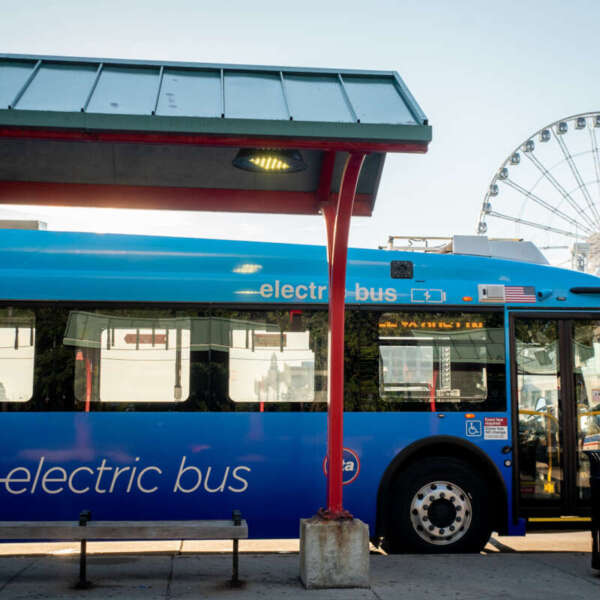 Transit is the answer to meeting Illinois’ climate goals
Transit is the answer to meeting Illinois’ climate goals
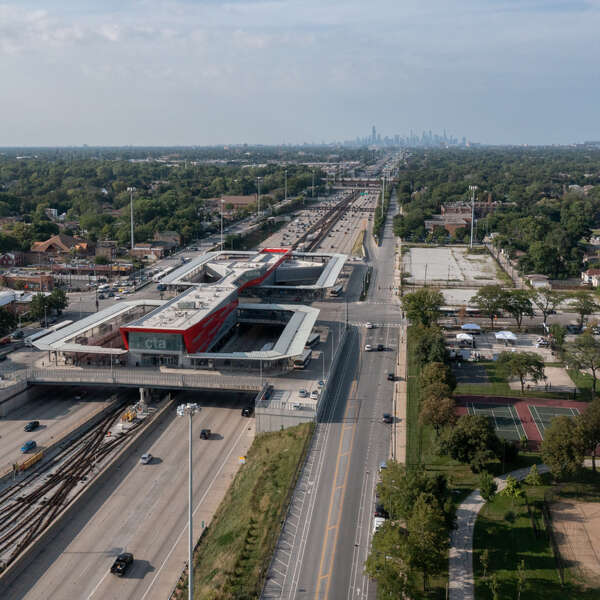 Three years into the Infrastructure Investment and Jobs Act, Chicago’s transit system is winning competitive grants and advancing critical projects
Three years into the Infrastructure Investment and Jobs Act, Chicago’s transit system is winning competitive grants and advancing critical projects
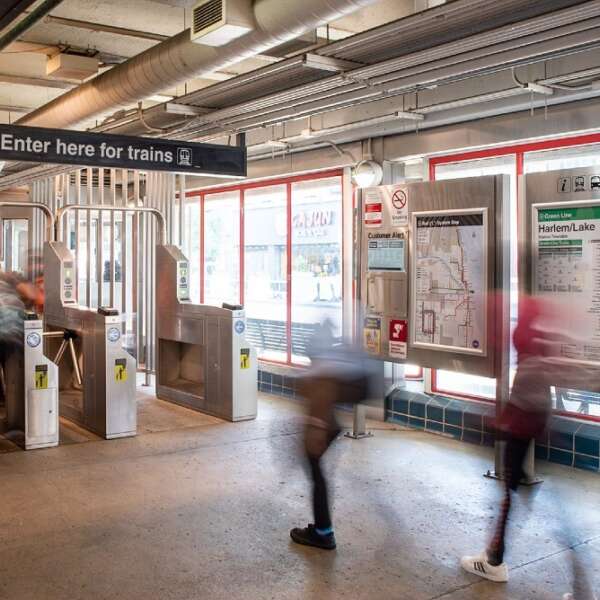 Why fully funding paratransit service and reduced fare programs is key to closing the transit budget gap
Why fully funding paratransit service and reduced fare programs is key to closing the transit budget gap
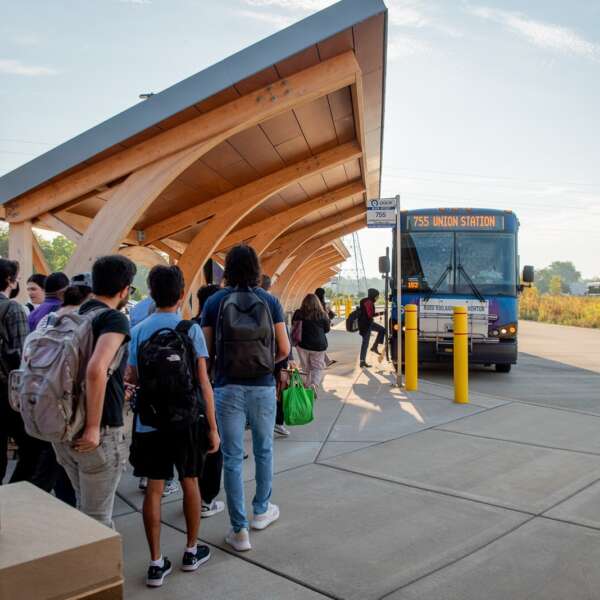 RTA releases semi-annual project management oversight report highlighting more than 100 capital projects
RTA releases semi-annual project management oversight report highlighting more than 100 capital projects
 New fare structure unveiled in Metra’s 2024 budget
New fare structure unveiled in Metra’s 2024 budget
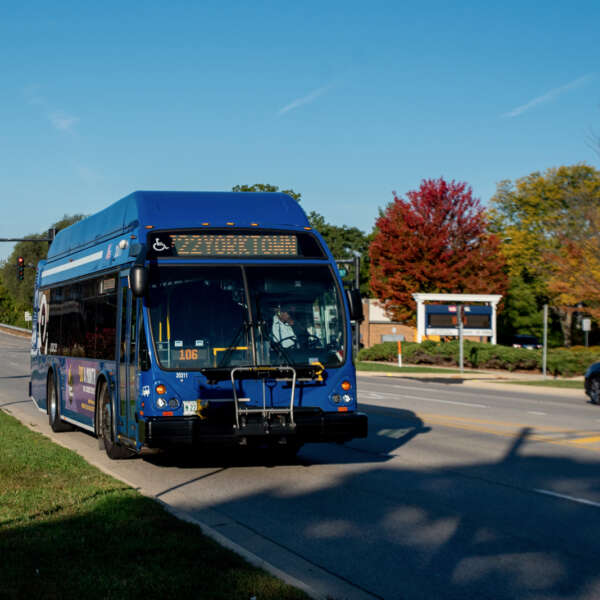 Melinda Metzger defines service and operating goals for Pace with 2024 budget
Melinda Metzger defines service and operating goals for Pace with 2024 budget